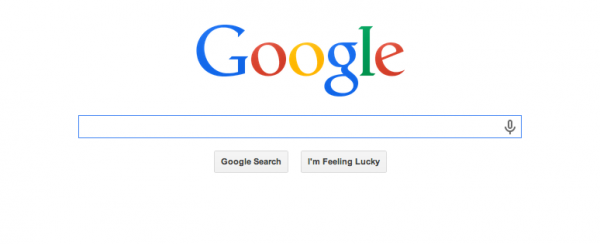by Adam Witty, Founder and CEO of Advantage | ForbesBooks and author of “Authority Marketing: How to Leverage 7 Pillars of Thought Leadership to Make Competition Irrelevant“
Climbing the ranks on Google doesn’t have to be this mercurial thing that only SEO gurus know how to manage.
Upping your Google ranking is a lot easier than you think, when you follow these steps.
1. Set up your Google My Business profile.
Not only is this exceptionally easy — and free — it is critical to establishing your brand’s presence on the search engine nearly all web users flock to. Every business that is ‘any’ business has verified their business on Google; if you haven’t, it likely has an automated Google listing where people could already be leaving reviews. By “claiming” your business listing on Google, you can add your professionally-shot photos, hours, contact info, and respond directly to reviews. The Google Business listing is the first thing that comes up when people search your business name. Giving Google the information you provide in the My Business profile helps them pair your listing with your website and social media accounts, creating a complete experience for the consumer when they search you. Again, this is all free! Here’s Google’s brief How-To on it.
2. Make sure your content is search-engine optimized.
Before you say “I’ve heard that before,” hold on. People make SEO out to be a lot harder than it is, preventing them from taking the easy steps that would help their business’ Google ranking. Here are a few simple things you need to know about SEO.
Remember this formula: (Geographic location of your business) (Type of service you offer) (Your name/Your business name), i.e. Los Angeles Financial Planner Jesse Simmons; Inwood Orthodontist Kathy Petersen.
The theory here is that when people are searching for a service, they look up your local area followed by the type of service. Take this couplet, and tack on your name or business name. Now lace it through your website text. For the location portion, think of every nearby area close to where to practice, and use those too. Let’s look at some examples.
A non-SEO-optimized ‘About Us’ page: “I’m passionate about serving clients with my suite of world-class financial planning products and services. Having graduated from Northwestern, I am uniquely suited to provide…”
While that all sounds lovely, it won’t serve this business owner in the SEO department. The only thing he did right was mention ‘financial planning,’ which his target audience will be searching for and Google bots can grab so they can index the site accordingly. But this web copy completely misses an opportunity to attract its target clients, which we will say are Los Angeles area wealthy people who need a financial planner. They will be searching things like “LA financial planner” or “Santa Monica CFP.” Those are the kinds of targeted search terms this example lacks.
An SEO-optimized About Us page: “As a Palatine and Barrington orthodontist, there is nothing better than seeing our patients achieve beautiful, healthy smiles. Our orthodontics team at Verbic Orthodontics have used braces and Invisalign to transform 1,000s of smiles and lives of patients in and around South Barrington, Barrington Hills, North Barrington, and Lake Zurich.”
What this page does right is naturally include location-specific product and service keywords into a paragraph that also name drops a swath of locations from which the business could draw clients. People Google-searching an orthodontist in any one of those areas may see this orthodontist’s page. They rank on the first page for Palatine Orthodontist, which is exactly what they’re trying to do!
If you use WordPress, install the Yoast plugin and scroll down to the SEO section at the bottom of each web page on the backend. Toy with the SEO title, keywords, meta description, and page copy until you get a “green bubble” from Yoast, indicating your site is SEO optimized. They provide tips and suggestions right below, explaining why you’re in the red, orange, or green for the page’s SEO.
Good rules of thumb include:
- Putting your business or brand name at the end of SEO titles after a hyphen
- When you choose a keyword, lead with it in your meta description and SEO title if possible, and apply it generously throughout your copy, so long as it still feels natural (Unhinged keyword stuffing doesn’t work anymore)
3. Mobile is king – No ifs ands or buts.
Don’t bother doing this one yourself – just hire someone whose job it is to make sure you look good on mobile. Today, the majority of consumers will make their first point of contact with your business on its mobile website. A non-mobile friendly layout is the easiest way to shoot yourself in the foot. Users will be put off by a cumbersome, hard-to-maneuver layout and ditch your site in a heartbeat. This increases your “bounce rate” and hurts your SEO, thereby stunting your Google ranking. This one’s important! Don’t skip it.
These simple tips will help shoot you to the top of Google rankings in your niche.
Adam Witty is the Founder and CEO of Advantage | ForbesBooks, the authority marketing specialists. Working with business entrepreneurs and professionals to elevate their brands and grow their businesses through publishing, he has built the company into one of the largest business book publishers in America, serving over 1,000 members in 40 U.S. states and 13 countries. Adam is also a sought-after speaker, teacher, and consultant on marketing and business growth techniques for entrepreneurs and authors.
from Young Upstarts https://ift.tt/2AOuwbX via website design phoenix


No comments:
Post a Comment